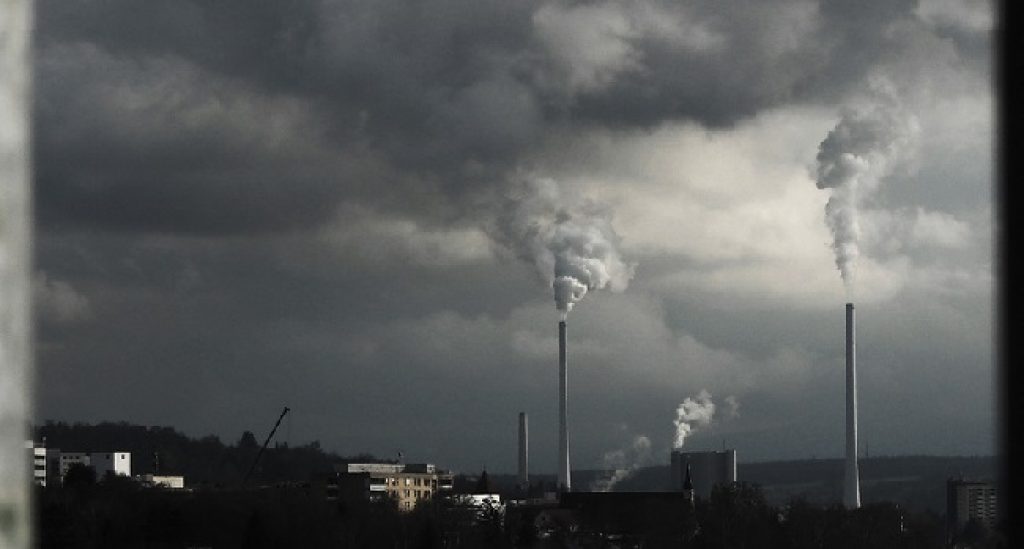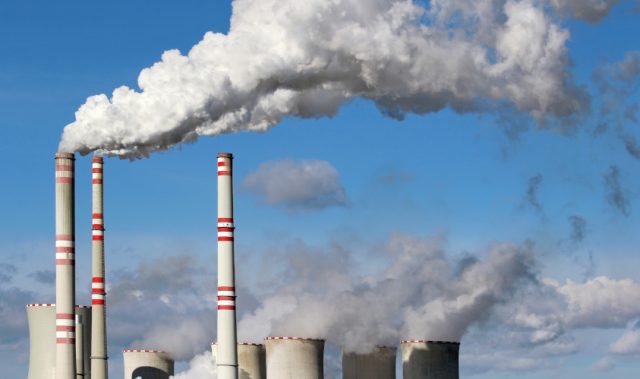
AsianScientist (Apr. 6, 2015) – Resolving a long standing debate, researchers have now shown that higher global temperatures will lead to increased surface ozone levels. Their findings have been published in Nature Climate Change.
Surface ozone, a major air pollutant toxic to human and ecosystems, is produced by the photochemical oxidation of volatile organic compounds (VOCs) in the presence of sunlight and nitrogen oxides (NOx).
Even in the absence of changes in anthrpogenic emissions of VOCs and NOx, climate warming may affect surface ozone levels, especially over polluted forested areas (e.g. East Asia, South Asia, Western Europe and the southeast US) in summer. This is because forests emit a particular compound, isoprene, which is an important precursor to ozone. The flux of isoprene from forests is non-linearly dependent on climate conditions.
However, the atmospheric chemistry community had not reached a consensus on whether climate warming will increase or decrease surface ozone levels over these polluted forested areas. This lack of consensus is mainly due to the high uncertainty related to the efficiency of NOx-sequestration during the photochemical cascade of isoprene oxidation.
Using observations and simulations to assess the surface ozone levels over the southeast US during 1988-2011, Dr. Fu Tzung-May and colleagues from Peking University showed that climate warming will lead to increases in surface ozone levels.
A key to their discovery was recognizing that the interannual variation of August surface temperatures over the southeast US during 1988-2011 was mainly a manifestation of a large-scale temperature oscillation in which almost the entire North American continent was in the same phase. Thus, during 1988-2011 and on the interannual timescale, August surface ozone over the southeast US was perturbed by large-scale temperature variations, offering a unique opportunity to diagnose the sensitivity of ozone to large-scale warming.
The study found that the sensitivity of ozone to large-scale warming over the southeast US was consistently positive during 1988—2011. However, that sensitivity varied interannually by a factor of three (2.4 to 7.1 ppb/K). Fu and her colleagues found that such variability was mainly driven by the variability in ozone transport by regional atmospheric circulation.
They further showed that, over a longer timespan (1948-2012), the sensitivity of regional ozone transport to temperature changed signs on interannual and interdecadal timescales, with potential links to the Atlantic Multidecadal Oscillation.
This study showed that prediction of future ozone changes will require climate-chemistry models with more realistic representations of climate variability and its drivers, such as models initialized with observed ocean conditions. Long-term management of ozone air quality must consider the variability of the sensitivity of ozone to climate warming to ensure consistent attainment of ozone air quality standards in the future.
The article can be found at: Fu et al. (2015) Positive But Variable Sensitivity Of August Surface Ozone To Large-scale Warming In The Southeast United States.
———
Source: Peking University; Photo: Isengardt/Flickr/CC.
Disclaimer: This article does not necessarily reflect the views of AsianScientist or its staff.












